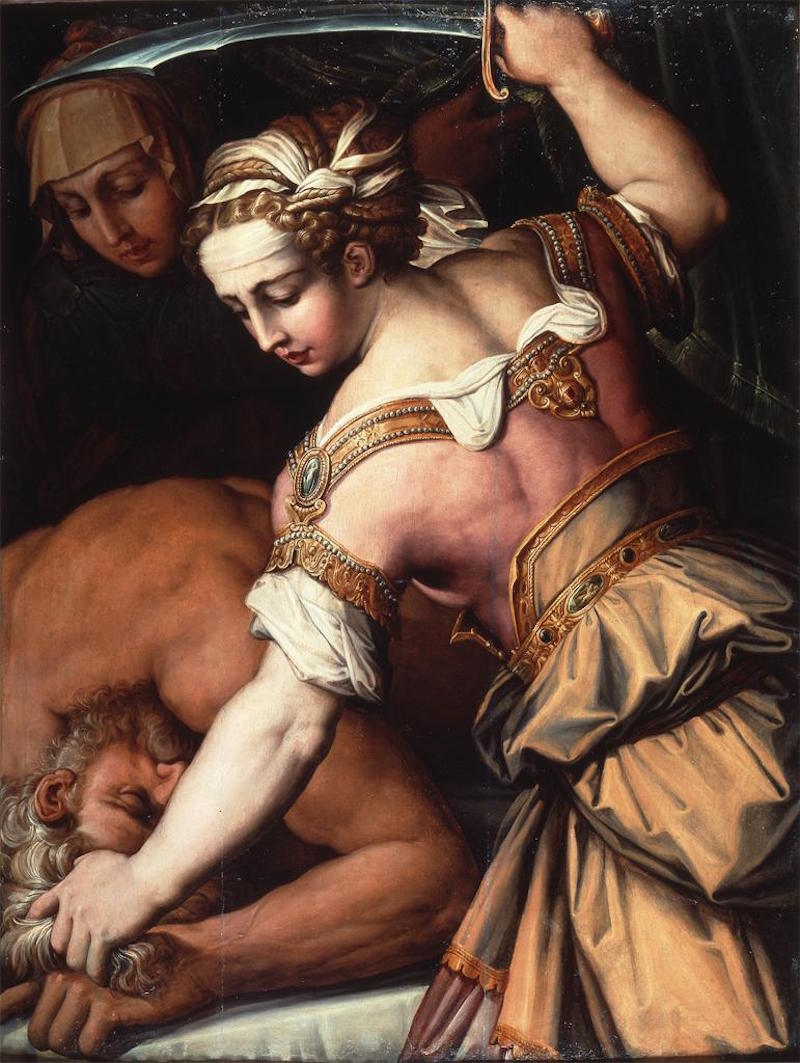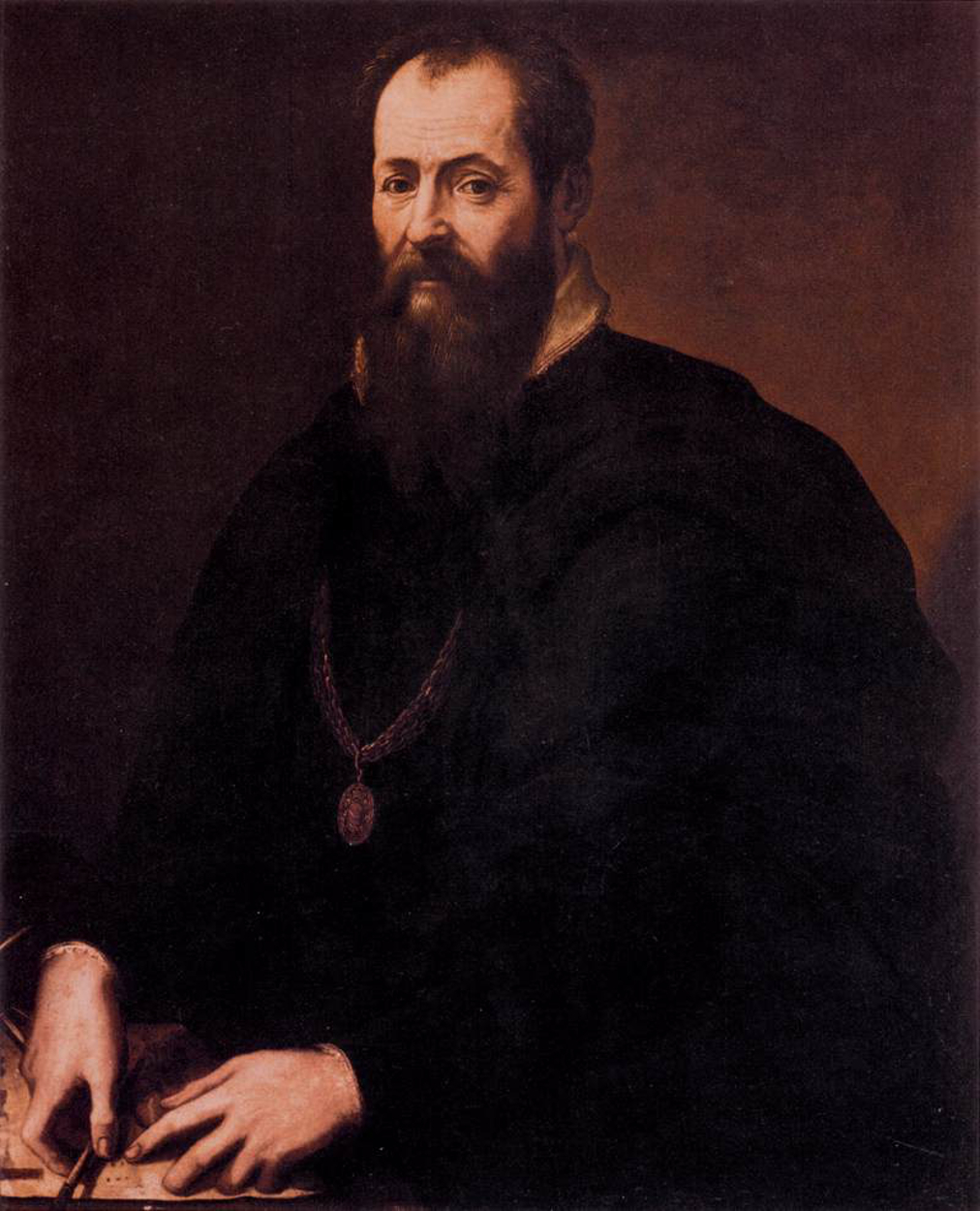



Judith and Holofernes
oil on canvas • 108 x 79.7 cm
Today in Wednesday Thoughts on Art we will present the short story of how differently one theme can be presented. The account of the beheading of Holofernes by Judith is given in the deuterocanonical Book of Judith, and is the subject of many paintings and sculptures from the Renaissance and Baroque periods. In the story, Judith, a beautiful widow, is able to enter the tent of Holofernes because of his desire for her. Holofernes was an Assyrian general who was about to destroy Judith's home, the city of Bethulia. Overcome with drink, he passes out and is decapitated by Judith; his head is taken away in a basket (often depicted as carried by an elderly female servant).
The Book of Judith was accepted as canonical, and thus images of Judith were as acceptable as those of other scriptural women. In early Christianity, however, images of Judith were far from sexual or violent: she was usually depicted as "a type of the praying Virgin or the church or as a figure who tramples Satan and harrows Hell". It radically changed in the nineteenth century when Judith became more erotic, often cast Judith nude. Here Vasari shows Judith as a woman of great strength and power. Judith’s dynamic pose, bulging muscles, and military-like costume highlight her victory.
 Giorgio Vasari
Giorgio Vasari